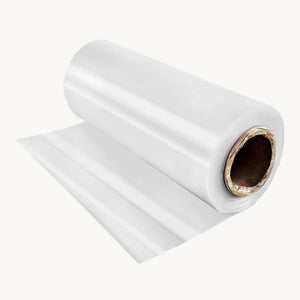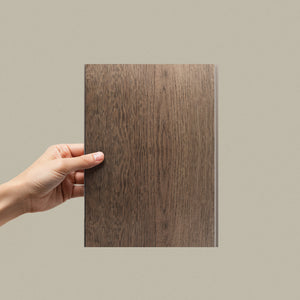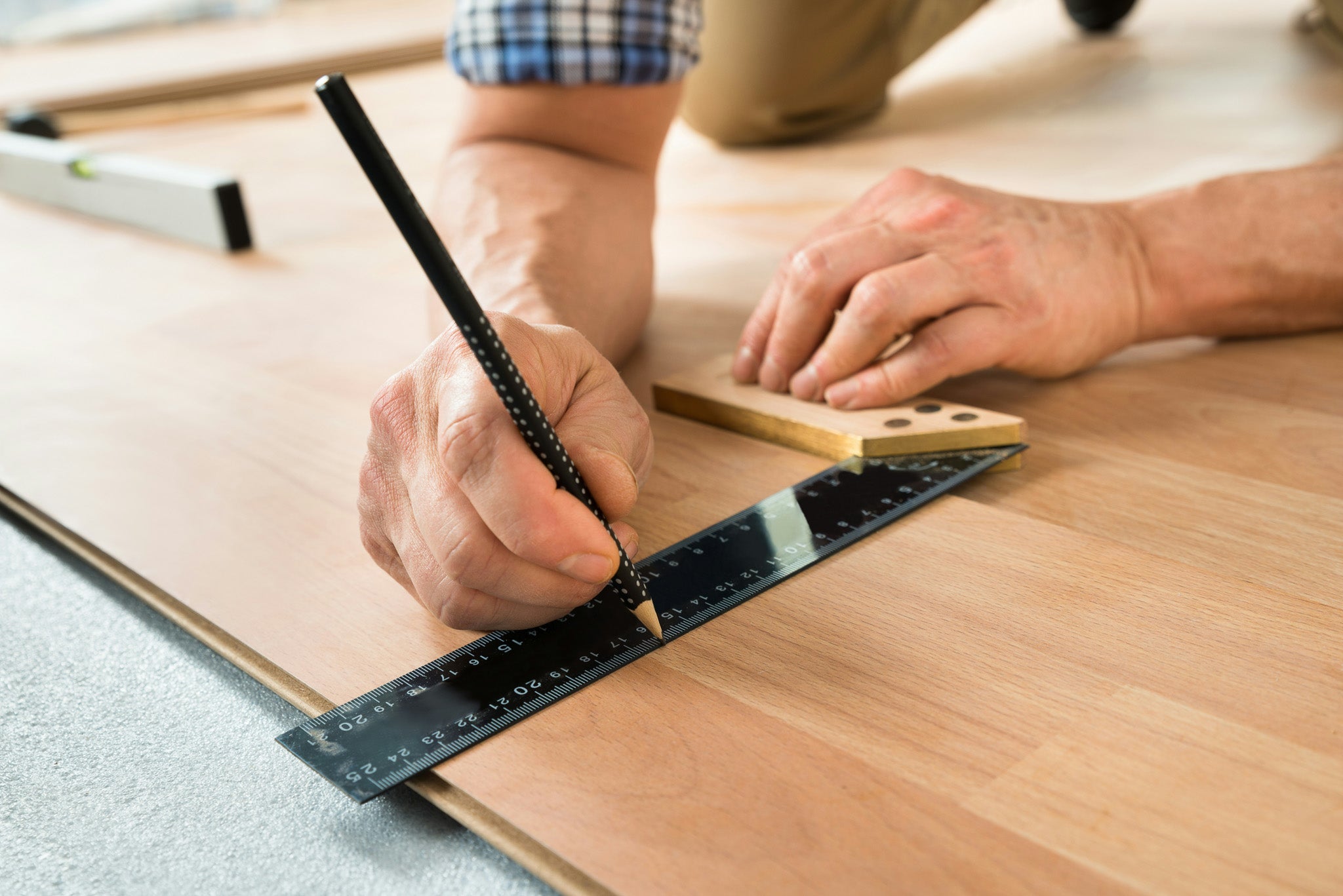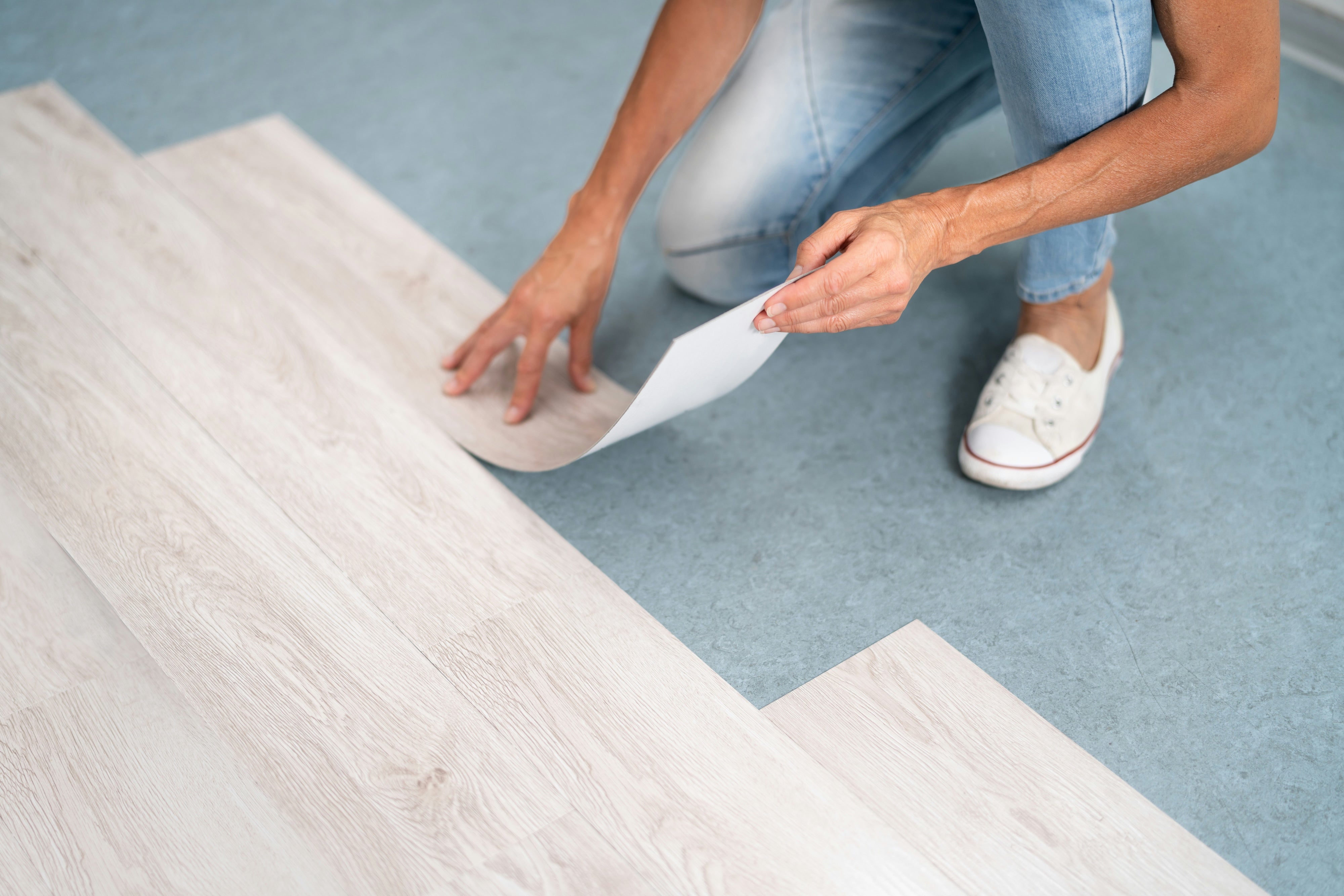Why Popping or Crackling Floors Happen | Installation vs. Product Defects
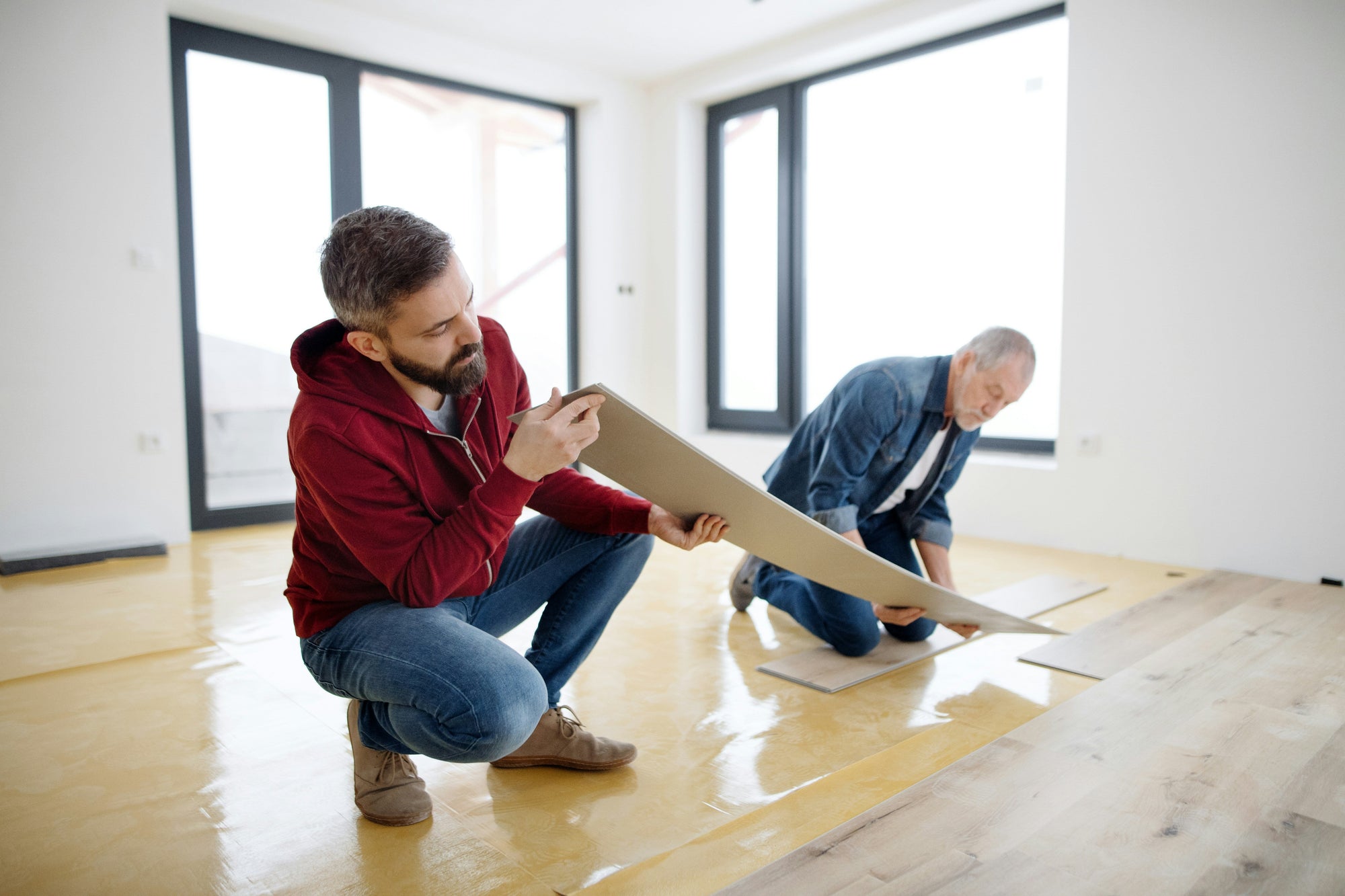
At McMillan Floors, we take customer concerns seriously. One comment that occasionally surfaces online is about a “popping” or “crackling” noise after installation. Let’s address this directly—and clear up a common misunderstanding.
Framing the Problem
When a homeowner invests in new floors, the last thing they expect is distracting noises underfoot. The assumption is often: “The product must be defective.” In reality, in the vast majority of cases, these noises are the result of improper installation practices rather than a flaw in the flooring itself.
Rigid core products like SPC or engineered hardwood are designed with strict standards. If those standards aren’t followed during installation, performance issues can appear—even if the flooring itself is perfectly manufactured.
Why This Happens
Typical causes of crackling/popping include:
-
Uneven subfloor: If the subfloor isn’t leveled to manufacturer standards (often no more than 3/16” variation over 10 feet), small gaps form underneath. Walking forces planks to flex against these voids, creating sound.
-
Improper underlayment: Using the wrong type—or doubling up—can trap air pockets that amplify noise.
-
Insufficient expansion gap: Rigid flooring needs space to expand and contract. If the floor is pinned too tightly against walls or trim, stress builds and releases audibly.
-
Floating floor shortcuts: Floating floors rely on precision locking systems. Forcing planks or leaving debris in joints prevents a tight, silent fit.
The Solution
The good news? These issues are completely preventable. Here’s how:
-
Subfloor preparation is non-negotiable. Always level, clean, and dry the surface before installation.
-
Follow the manufacturer’s underlayment guidelines. Adding layers not specified can do more harm than good.
-
Maintain expansion space. Use spacers to guarantee the required perimeter gap.
-
Hire certified installers—or ensure DIYers follow the manual exactly. Cutting corners here almost always shows up later as noise.
When installed to spec, McMillan floors perform quietly and consistently—just as they’re engineered to.
Debunking the Myth
So, is crackling a “McMillan problem”? No. It’s an installation oversight that can happen with any rigid flooring brand. The difference is whether the installer respects the installation requirements.
We’ve seen time and again: once the floor is properly installed, the noise disappears. The product itself was never the issue.
✅ Bottom line: If you’re hearing pops or crackles, the flooring is signaling an installation problem—not a product defect. With proper prep and installation, McMillan floors deliver the silent, stable foundation you expect.
